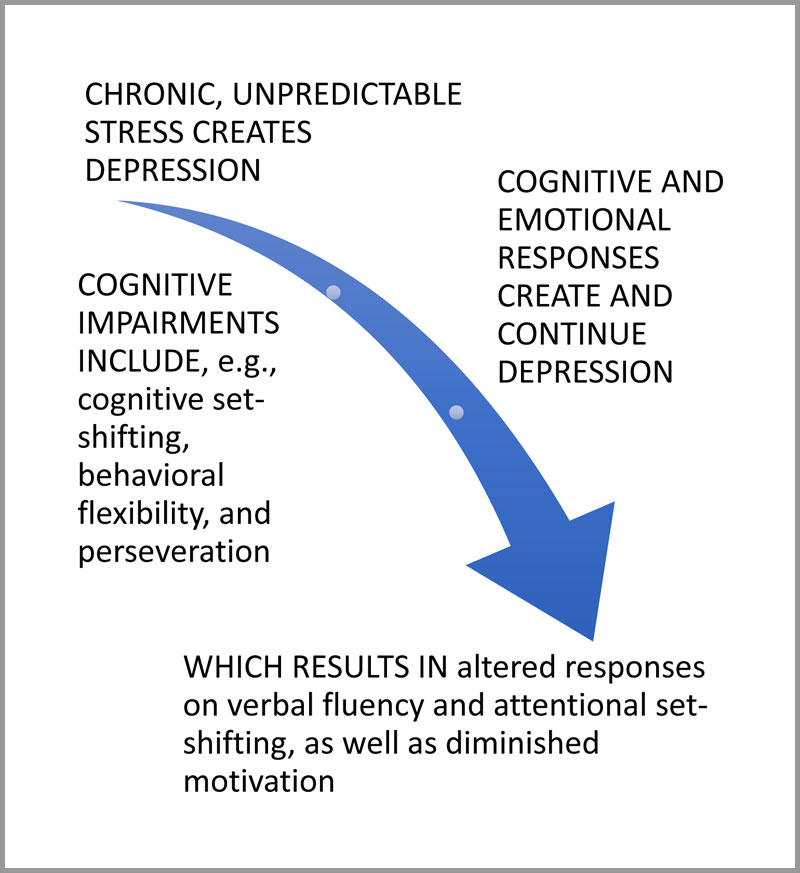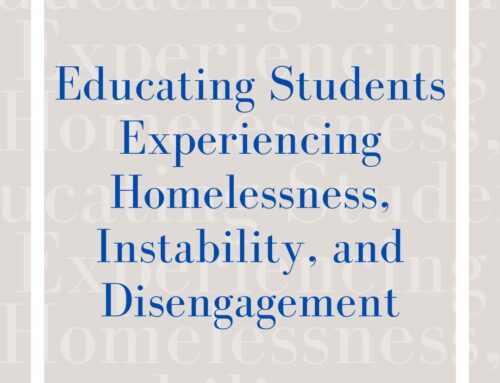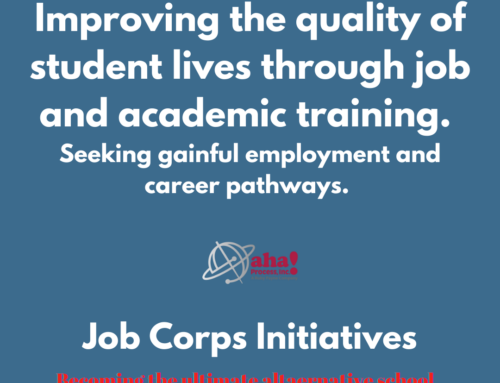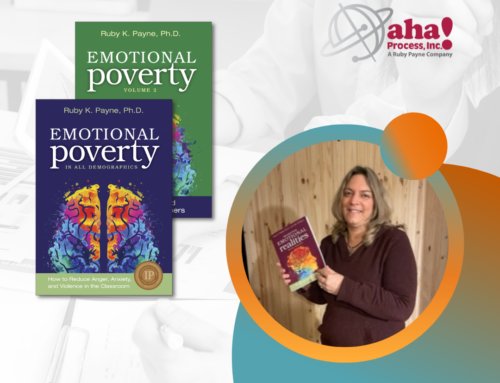Years ago I worked with a high school football coach who did not understand chronic, unpredictable stress. He forced his players to practice 5–6 hours a night Monday through Thursday, and then on Friday they played a game. Or tried to.
This coach broke all the “rules” of interscholastic sports. And he was harsh and punitive. Players could not predict consequences. But no one ever turned him in. Why? He never won. You have to win before people care enough to turn you in for breaking rules. His players were so exhausted and injured by Friday night they could barely play, much less perform.
So what does chronic, unpredictable stress do to the brain?

I am in schools and talk to teachers where the testing push is all year, and then four weeks before the testing it is intense. Really? The brain must have a break from it all. In fact, current research findings on exercise show that interval training—four intensive minutes, then three minutes of rest—gets more gains in fitness.
So how do you as a teacher maintain your sanity in the face of chronic, unpredictable stress? By using a “continuum frame and balance.”
It is a concept as old as time. Even nature uses it.

Look how this river has the capacity to adjust to floods and drought and still stay viable as a conduit for water. The river has developed a much bigger frame than it needs on a day-to-day basis. It can accommodate unpredictable stressors. It has the ability to “set-shift,” i.e., adapt to the changes in the environment.
Human beings finally realized that the best bridge was one where debris could go over the bridge and not damage the structure of the bridge, thereby accommodating the unpredictable stressors.

For teachers, therefore, the question is this: How big is your frame to deal with unpredictable stressors?
In stressful times, some questions I ask myself are:
- Will this make a difference in my life five years from now?
- How can I frame this challenge, this stressor, so that is doesn’t damage me, so that I don’t lose my motivation to live with joy, as well as with responsibility?
- What “water” will I simply let flow over me and not damage me?
- How do I give my brain stress-free interludes and breaks?
As I said in a recent blog, “Entertainment Is Emotional Transportation”—and so is learning.
And so is teaching. It is the humanity, not the testing, that shapes learning.








